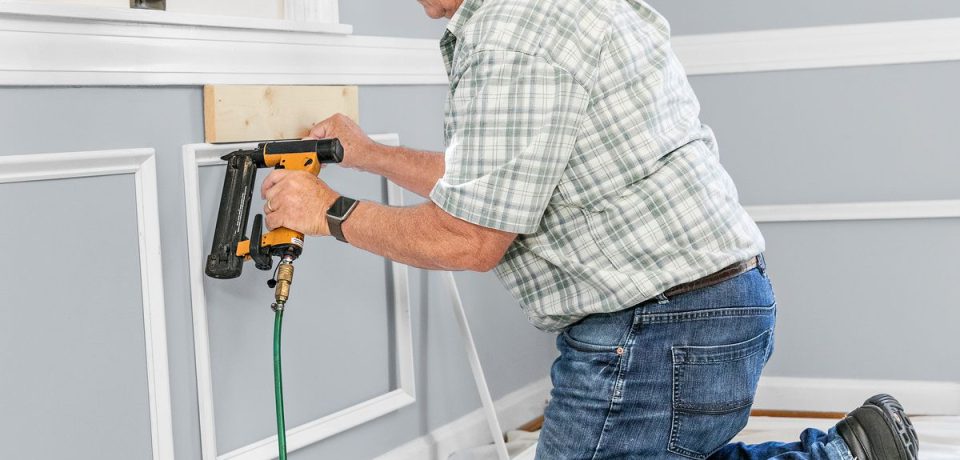Wainscoting is a type of panelling that is often used on the lower half of walls or as a backsplash in kitchens. It can be made from a variety of materials, including wood, plastic, and metal. To install wainscoting, you will first need to measure the area where you want to install it and then cut the panels to size. Next, you will need to attach the panels to the wall using nails, screws, or adhesive. If you are using wood panels, you may need to stain or paint them before installation. Once the panels are in place, you can add trim to cover the edges and complete the look.
Benefits of wainscoting
Some benefits of wainscoting include that it can add visual interest and texture to a room, it can help protect walls from damage, and it can also help insulate a room. Wainscoting can add visual interest and texture to a room by creating a contrast in colours or patterns. It can also help protect walls from damage, as well as help insulate a room.
Local handyman in Pantego also believes that wainscoting can create a more formal look in a room, and it can also be used to hide imperfections in walls. Wainscoting can be used in any room in the house, including the kitchen, bathroom, living room, and bedroom.
Different types of wainscoting
- Plain wainscoting: this type is the simplest form of wainscoting and consists of a horizontal board that is typically around 3 feet high and is placed at the bottom of the wall.
- Raised panel wainscoting: this type consists of vertical boards that are placed on top of a horizontal board. The panels are usually around 6 inches wide and can be either raised or flat.
- Tongue and groove wainscoting: this type consists of boards that have a groove cut into them that fit together like a puzzle.
- Bead board wainscoting: this type consists of thin boards that are placed next to each other and have a small bead or ridge running along the edge of each board.
Conclusion
In conclusion, wainscoting is a very good way to make your home look more interesting and stylish. It also adds an extra layer of protection to your walls and is an excellent way to cover up any damage that may have been caused by water or other factors.

